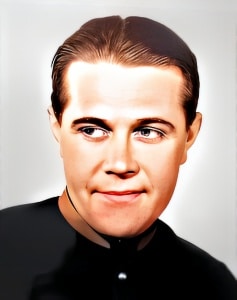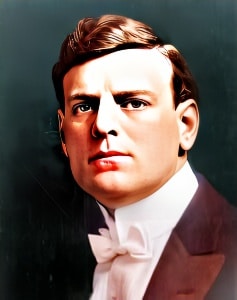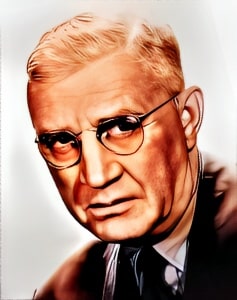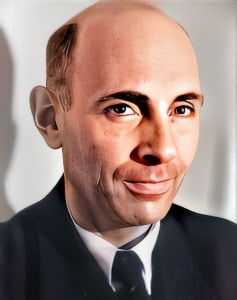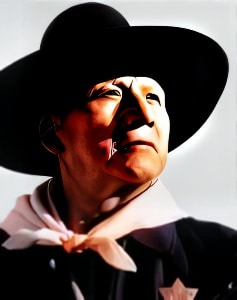 Chief John Big Tree, also known as Isaac Johnny John, was a notable Native American actor whose career in theater and film made a lasting impact during the early 20th century.
Chief John Big Tree, also known as Isaac Johnny John, was a notable Native American actor whose career in theater and film made a lasting impact during the early 20th century.
Born on June 2, 1877, Chief John Big Tree was a member of the Seneca Nation of Indians, a proud Indigenous community known for its rich cultural heritage and traditions.
Growing up within the Seneca Nation in the upstate New York region, Chief John Big Tree was immersed in the unique culture and way of life of his people. This early exposure to the traditions and values of the Seneca greatly influenced his future as an actor and his dedication to representing Indigenous peoples and their cultures on a broader stage.
Chief John Big Tree’s entry into the world of entertainment came through his involvement with “Buffalo Bill’s Wild West” show, a popular and iconic traveling show that romanticized the American West. This show featured various aspects of frontier life, including cowboys, Native Americans, and other characters, providing Chief John Big Tree with a platform to introduce audiences to the culture and heritage of Indigenous peoples.
One of his most notable and pioneering roles was in the 1922 silent romantic comedy film “ The Primitive Lover.” Directed by Sidney Franklin, this film allowed Chief John Big Tree to play a character that departed from the common stereotypes and misrepresentations of Native Americans prevalent in early Hollywood cinema. In the film, he portrayed a wise and respected Native American leader named “Chief Broom.” His performance as Chief Broom was widely praised for its authenticity and depth, showcasing his commitment to providing a more accurate and respectful representation of Indigenous peoples in film.
Chief John Big Tree’s role in “ The Primitive Lover” set a precedent for a more genuine portrayal of Native Americans in the entertainment industry, and his contribution was instrumental in breaking away from clichéd stereotypes. His performance in this film remains a significant milestone in the history of Native American representation in cinema, setting a standard for future generations of Indigenous actors.
While Chief John Big Tree’s work in film was groundbreaking, his contributions to the world of entertainment extended to the stage. He continued to perform live in theaters, using these opportunities to blend traditional elements of his Seneca heritage with contemporary narratives. Through his stage performances, he provided audiences with a unique and authentic perspective on Native American culture and stories.
Beyond his acting career, Chief John Big Tree was an advocate for Indigenous rights and a voice for the recognition of the challenges faced by Native American communities. He used his platform to speak out against the mistreatment and misrepresentation of Indigenous peoples, aiming to raise awareness about their issues and struggles. His efforts were dedicated to fostering a greater understanding of Native American culture and the unique challenges faced by Indigenous communities.
Chief John Big Tree’s legacy as both an actor and an advocate emphasizes the importance of accurate and respectful representation of Indigenous cultures in the media. His work contributed significantly to the early efforts to challenge stereotypes and depict Native Americans in a more authentic and dignified light, a mission that continues to be championed in the film and entertainment industry today.
Although Chief John Big Tree passed away on July 6, 1967, his impact on the world of entertainment and his advocacy for Indigenous rights continue to be celebrated. His contributions to film and theater were pioneering in their portrayal of Native American culture and have left a lasting legacy in the ongoing quest for cultural authenticity and understanding in the arts. Chief John Big Tree’s work serves as a testament to the power of art and storytelling in promoting inclusivity and respect for diverse cultures.

